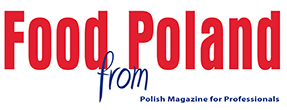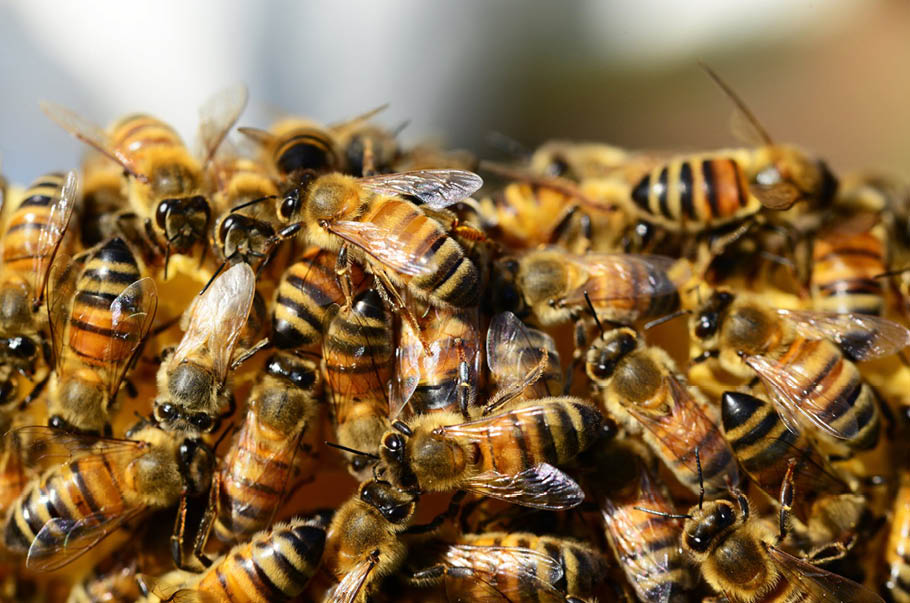„We have many more beekeepers in Poland today than just 5 or 10 years ago. This is primarily connected with two aspects. First, more and more people are occupied with bees and the situation in the industry is becoming more favourable at the moment. Secondly, purchase of breeding material is co-financed to an extent, which has caused an increase in apiaries which maintain breeding lines,” Piotr Mrówka, Chief Beekeeping Specialist of the National Animal Breeding Centre in Warsaw, tells the Newseria Biznes news agency.
According to the Veterinary Inspectorate data, there were a total of 1.63 million bee colonies in Poland in 2018. The number increased by approx. 5.2% in comparison with the previous year. The largest share, of approx. 12% of the total number of colonies, is found in the Lublin Province. According to the data of the National Centre for Support of Agriculture (KOWR), nearly 1.35 million hives are owned by beekeepers associated with apiarist organizations. A total of 47,250 producers are currently members of such bodies (report „The beekeeping sector in Poland in 2018” by the Research Institute of Horticulture).
„According to statistical data, the population of bee colonies in Poland is on the rise now. In the 1970s or 1980s, when sugar was rationed, records evidenced approx. 3 million bee colonies in Poland. The registered population had been dropping ever since. Approx. 5 years ago, we could speak of only 700–800 thousand colonies, while now – according to the data by the Ministry of Agriculture – there are approx. 1.5 million registered bee colonies. This is due to a fashion on the one hand, and related to both EU and local grants supporting bees and beekeeping on the other hand,” Piotr Mrówka says.
Importantly, the price and consumption of honey have also been growing over the recent years, whereas the consumption is still relatively low in Poland, amounting to approx. 0.03 kg per capita annually according to data from the Central Statistical Office (GUS).
„Thanks to different actions, the consumption of honey in Poland nearly doubled over the last 15 years. There were such campaigns as ‘Life Sweetened with Honey,’ intended to make consumers aware that honey is a healthy, dietetic product. Those and other actions sparked an increased interest in honey, which has had a favourable effect on beekeepers who make a living out of honey, pollen or other products,” Piotr Mrówka says. „I would appeal to consumers to pay attention to labels and choose domestic products. Thus we will support Polish beekeepers.”
The expert of the National Animal Breeding Centre assesses that beekeeping has become a fashionable hobby over the recent years, and beehives are becoming increasingly common in cities. It is estimated there are already several hundreds of them on rooftops in Warsaw alone. In the opinion of some beekeepers, urban honey may even be healthier, since the greatest enemy of bees are plant protection chemicals, utilized quite commonly in the country.
„Many apiarists who keep their bees in cities claim they have fewer problems with diseases, and honey yields per colony may even be higher than in the country. This may be connected with the cleaner environment in cities, where no neonicotinoids are used, chemical treatments are not utilized to such a wide extent as in monocultures, and urban pollution is the only threat,” Piotr Mrówka says.
However, small-scale production does not provide high incomes to beekeepers. To keep it profitable, an apiary has to include 50 or more bee colonies.
„Handling a single bee colony will not bring us much income but instead, it gives us the pleasure of contact with such complicated and interesting animals. On the other hand, when we have a larger apiary of more than 50 or 100 colonies, this might be a considerable percentage of income in the household budget, even capable of sustaining a family,” Piotr Mrówka says.
Statistics show large apiaries – of more than 80 colonies – to be relatively few in Poland. They account for just 2.1% of all apiaries and 12.3% of all bee colonies. On the other hand, the average composition of an apiary is 22 colonies. Largest farms (of approx. 39 colonies) are located in Warmia and Masuria, while the smallest ones (below 13 colonies) are found in Silesia. The most numerous apiaries are those between 21 and 50 colonies – accounting for 38.1%.
Piotr Mrówka
Chief Beekeeping Specialist, National Animal Breeding Centre
Source: Newseria.pl












